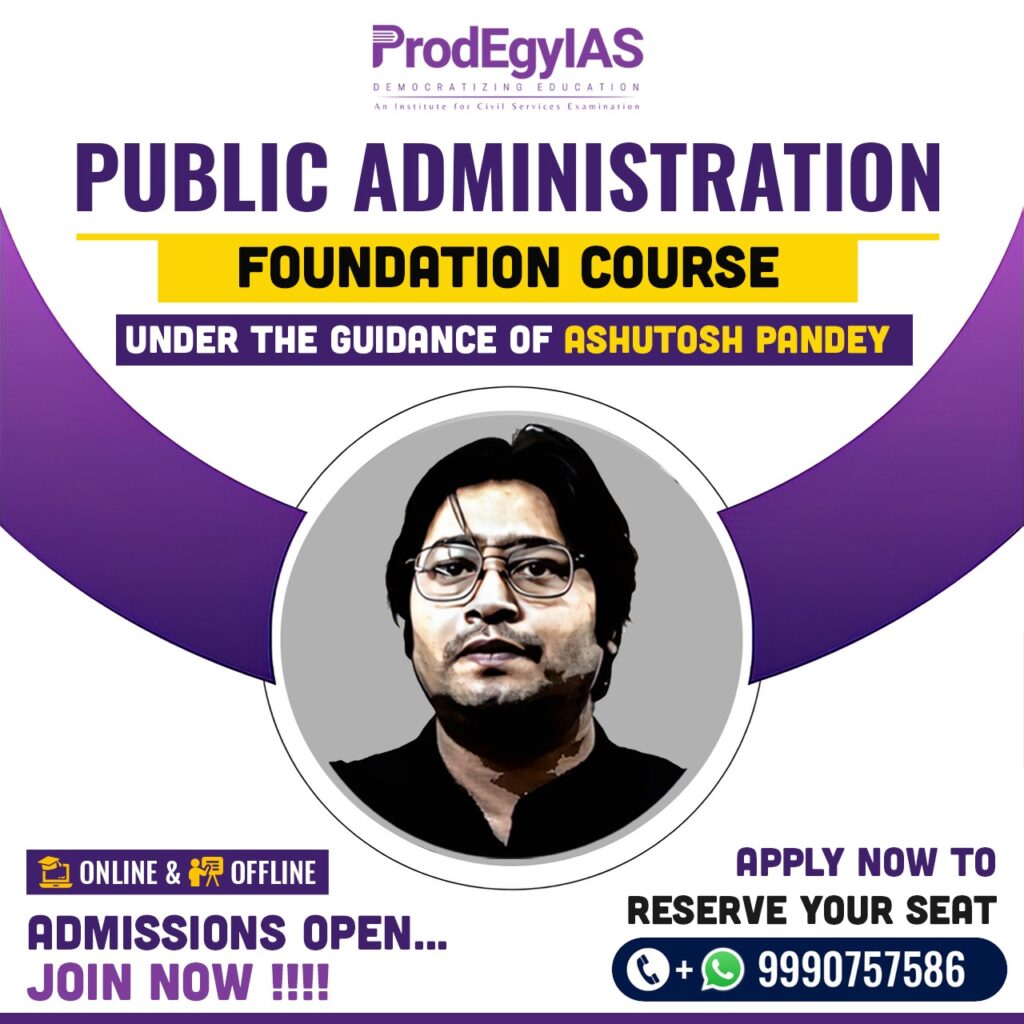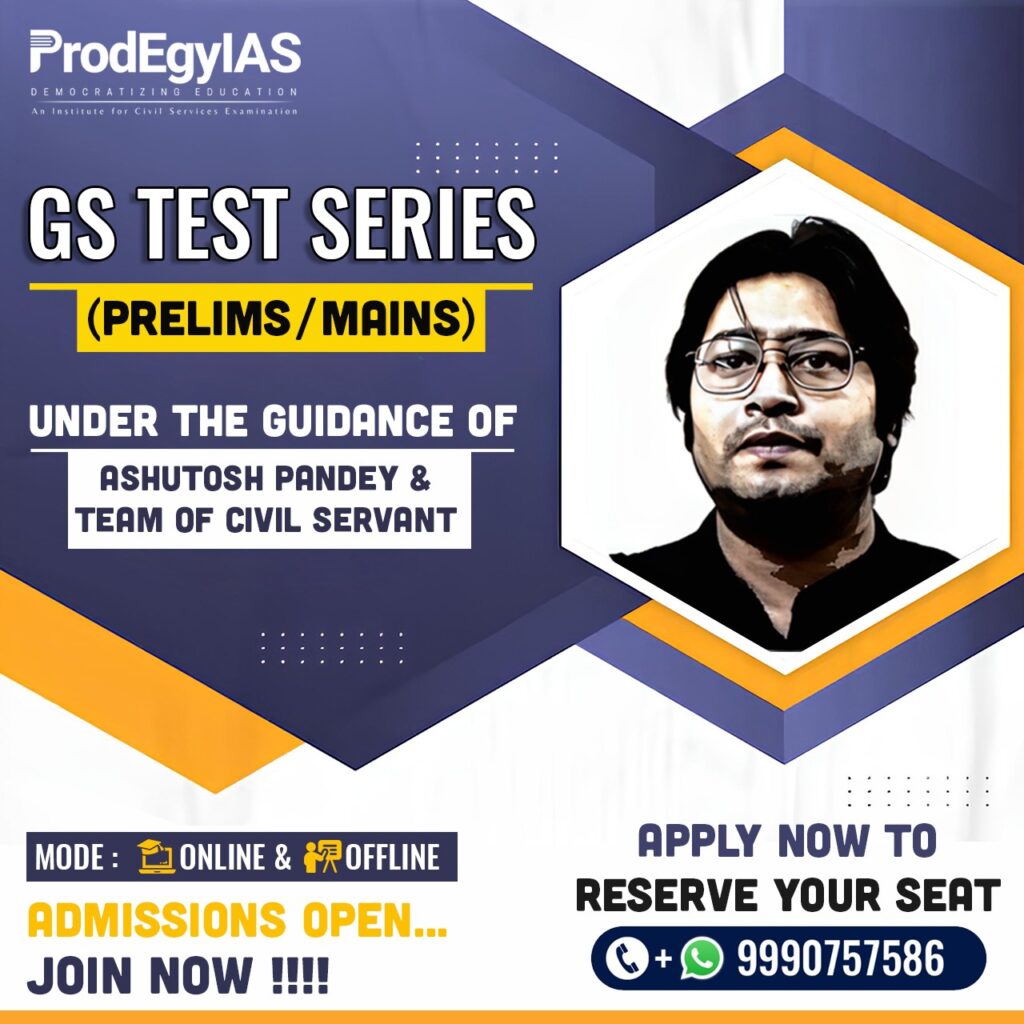Overview
In order to make public service delivery transparent, responsible, and citizen-centric, Citizen Charters were introduced. They outline deadlines, grievance procedures, and service standards. Their influence in India has been minimal despite their potential.
Analytical Dimensions
- Service Standardization: Charters specify precise deadlines, protocols, and roles for the provision of services.
- Accountability Mechanism: They prioritize performance-based pledges over rule-bound administration.
- Improvement of Transparency: People are better informed about the services they can expect and how to obtain them.
- Grievance Redressal: Charters encourage formalized grievance procedures for prompt settlement.
Challenges
- Lack of Knowledge: The majority of people are still ignorant of charters.
- Weak Monitoring: Non-compliance is not strictly enforced or penalized.
- Charters with poor design are frequently ambiguous, impractical, and out-of-date.
- Low Institutional Capacity: To support pledges, departments lack digital systems and training.
Way Forward
- Provide legal support for service assurances.
- Use digital dashboards to keep an eye on things in real time.
- Teach frontline employees to act in a citizen-centric manner.
- Participate in the creation and ongoing evaluation of the charter.
In Conclusion
Service delivery can be greatly enhanced by citizen charters, but only if institutional capability, legal enforceability, and awareness are in place. For a responsive government, their implementation must be strengthened.
UPSC General Studies Paper Preparation
Public Administration Optional Exam Preparation
| Topic | |
| Public Administration Syllabus | Public Administration Foundation 2025-26 |
| Public Administration Free Resources | Public Administration Crash Cum Enrichment Course 2025-26 |
| About the Author: Jyoti Verma |



